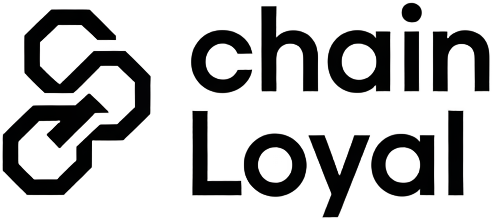
In the fast-evolving world of decentralized finance, on-chain loyalty staking is emerging as a transformative force for both platforms and users. By intertwining reward mechanisms directly with blockchain activity, these systems are not just incentivizing participation but fundamentally reshaping how DeFi projects foster loyalty and deepen engagement within their communities.

The Shift from Traditional Loyalty to Tokenized Rewards
Legacy loyalty programs have long struggled with fragmentation, lack of transparency, and limited user value. In contrast, tokenized loyalty programs leverage smart contracts to automate rewards, eliminate intermediaries, and ensure every action is verifiable on the blockchain. This evolution is more than technical – it’s cultural. Users now expect tangible, real-time incentives for their engagement, whether that means staking tokens to earn yield or completing on-chain missions for exclusive benefits.
Platforms like Magic Eden have pioneered gamified staking systems, letting users lock up tokens for set durations in exchange for boosted multipliers. The result? Higher leaderboard rankings and more competitive rewards that fuel a sense of accomplishment and belonging. At the same time, transparency remains paramount; clear rules around reward distribution are essential to maintain trust and satisfaction among participants.
Gamification: Driving Deeper Blockchain User Engagement
The integration of gamification into DeFi staking has proven to be a powerful catalyst for sustained engagement. By transforming routine activities into quests or challenges – such as swapping assets or voting in governance – platforms like Mojito Loyalty create dynamic experiences that keep users coming back. These missions not only boost user retention but also help filter out passive participants, ensuring that only genuine contributors reap the most substantial rewards.
This approach aligns closely with findings from recent case studies in token success stories: when users feel directly valued for their actions through tangible on-chain rewards, their likelihood to stay loyal increases dramatically. Moreover, by operating across multiple chains and dApps, modern loyalty engines maximize reach while maintaining interoperability and security.
Top Features of Leading On-Chain Loyalty Staking Platforms
-
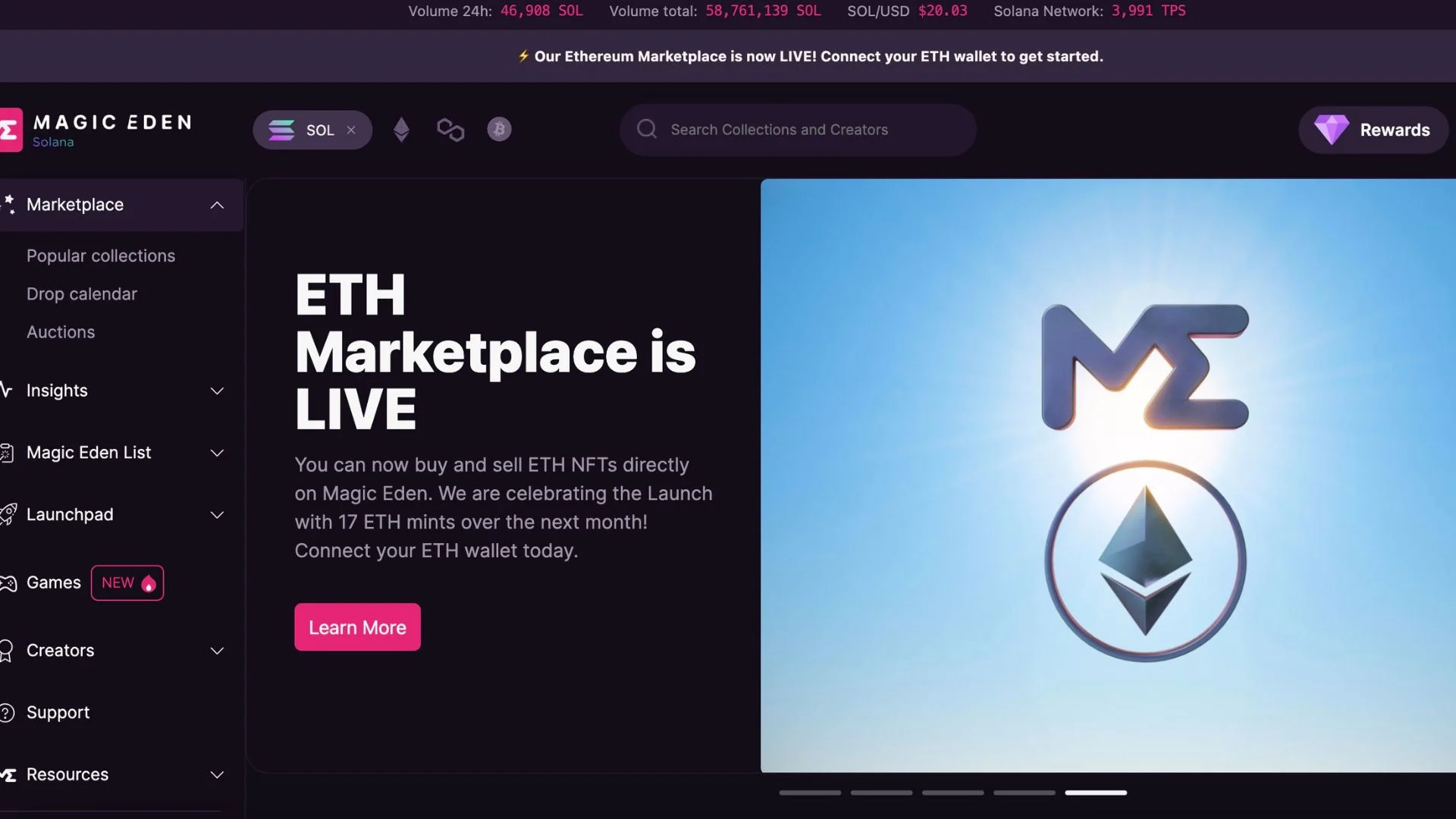
Gamified Staking Mechanisms: Platforms like Magic Eden use gamification, allowing users to lock up tokens for varying durations and earn multipliers that boost staking power, fostering deeper engagement and competition.
-

Cross-Chain Loyalty Programs: Mojito Loyalty enables protocols and dApps to reward users for on-chain actions across multiple blockchains, ensuring genuine engagement and maximizing campaign ROI.
-

Personalized Real-Time Notifications: MetaCRM provides tailored notifications for events like margin calls, reward claims, and funding rate spikes, keeping users informed and engaged.
-
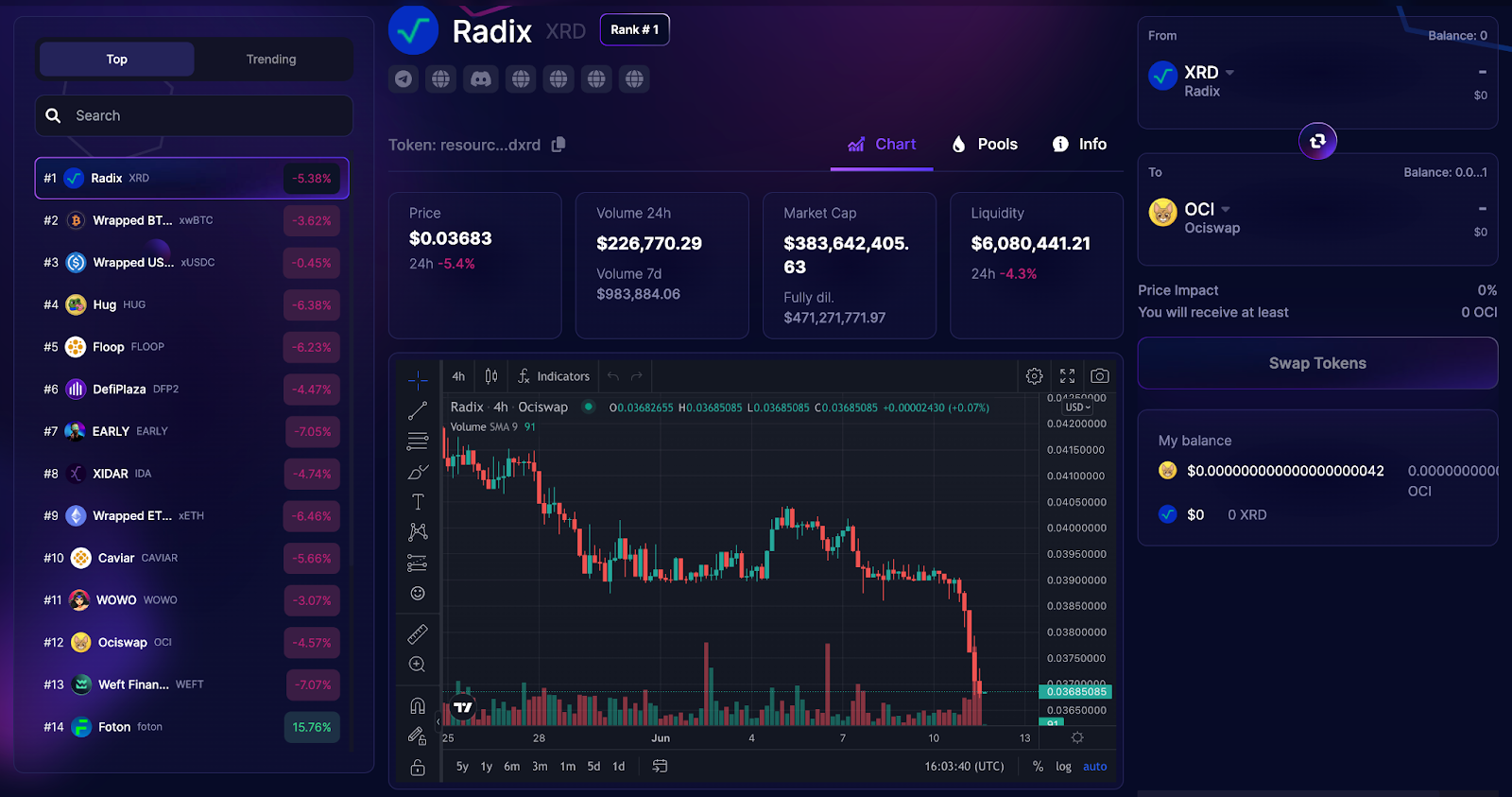
Community Engagement Quests: Radix Token Trek incentivizes users to complete on-chain quests, earning experience points exchangeable for native cryptocurrency, thus building vibrant communities.
-
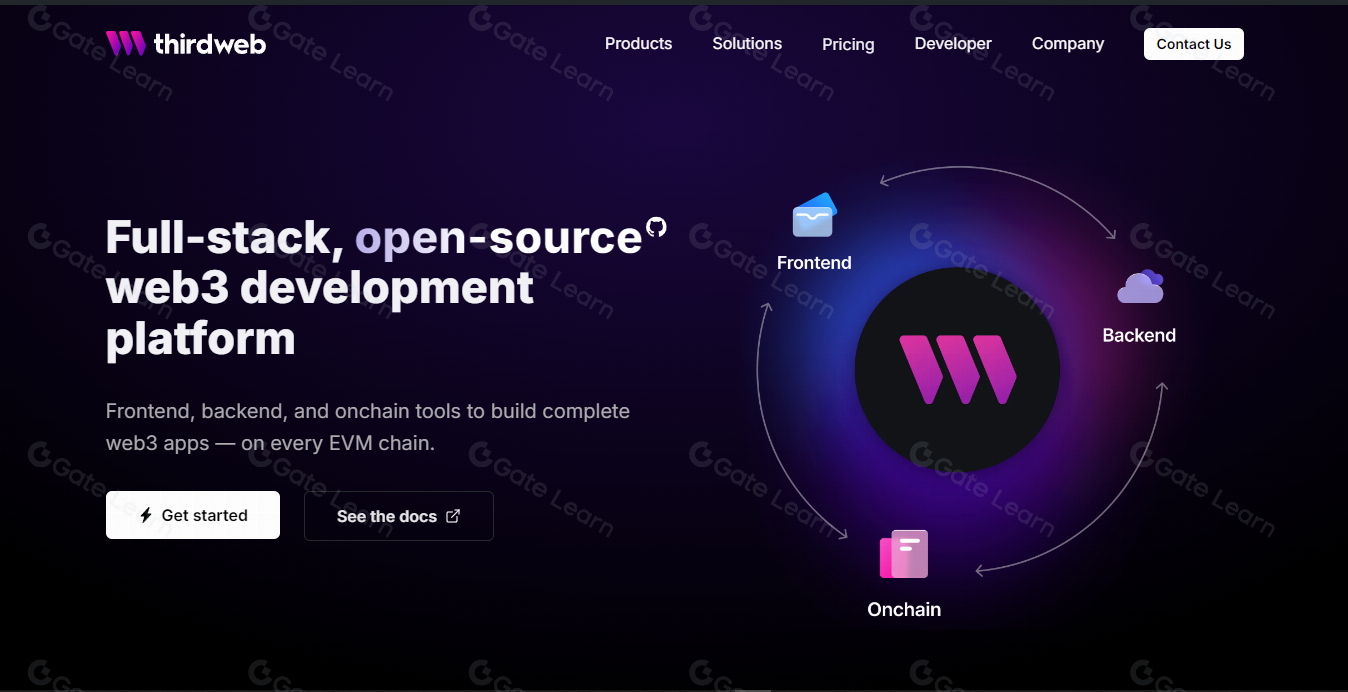
Secure, Interoperable Loyalty Engines: Alpha offers a Web3-native loyalty engine that tracks and rewards user actions across multiple apps and chains, ensuring both security and seamless interoperability.
Automation and Personalization: The Future of DeFi Rewards
Another crucial innovation in this space is DeFi rewards automation. Tools like MetaCRM’s Notification Module provide real-time alerts about lending rates or claimable rewards, ensuring users never miss an opportunity to optimize their returns. Personalized notifications foster higher levels of active participation – a critical factor in driving liquidity and ecosystem growth.
The rise of community engagement platforms such as Radix’s Token Trek further illustrates how thoughtfully designed incentive structures can build robust networks around shared goals. By rewarding everything from referrals to event attendance with native tokens or points recorded directly on-chain, these solutions create a virtuous cycle of participation and value creation.
Security and transparency are non-negotiable in this new era. The most trusted on-chain loyalty staking engines, such as Alpha, have set a high bar by recording every point, action, and reward distribution natively on-chain. This not only guarantees auditability but also reassures users that their efforts are recognized and rewarded in a trustless environment. As a result, DeFi projects can cultivate stronger, more resilient communities that are motivated by both financial incentives and the integrity of the system itself.
Interoperability is another pillar underpinning the next generation of tokenized loyalty programs. By supporting cross-chain activities, platforms empower users to earn rewards regardless of which blockchain or dApp they prefer. This flexibility is essential for mass adoption, as it removes friction and lets users participate in multiple ecosystems without losing out on benefits, an important differentiator compared to siloed Web2 loyalty schemes.
Real-World Impact: Stronger Communities and Sustainable Growth
The practical results of these innovations are already visible. Case studies reveal that DeFi platforms with robust staking incentives see markedly higher retention rates and deeper user engagement than those relying on traditional models. For example, competitive APRs on staked tokens (like $CHZ in sports fan platforms) have driven not only liquidity but also vibrant community interaction, users become active stakeholders rather than passive spectators.
This participatory model is further reinforced by gamified quests, referral bonuses, and tiered reward structures that encourage healthy competition while ensuring fairness through transparent smart contracts. Such features turn everyday platform use into meaningful progress toward tangible goals, whether that’s climbing a leaderboard or unlocking exclusive access to new products.
The Road Ahead: Unlocking the Full Potential of Staking Incentives
Looking forward, the convergence of automation, personalization, and gamification promises even more sophisticated loyalty systems. Imagine a future where your aggregate activity across lending protocols, NFT marketplaces, governance votes, and liquidity pools seamlessly accrues rewards, all visible in a unified dashboard with real-time analytics. This holistic approach not only maximizes user value but also aligns incentives for long-term ecosystem health.
For investors and builders alike, embracing on-chain loyalty staking is fast becoming table stakes for staying relevant in an increasingly competitive DeFi landscape. The platforms that can deliver seamless experiences, where every action feels rewarding and every reward is transparently earned, will be best positioned to attract capital and community attention.
Web2 vs. On-Chain Tokenized Loyalty: Key Differences
-

Centralization vs. Decentralization: Traditional Web2 loyalty programs are managed by centralized entities (e.g., airlines, retailers), controlling point issuance and redemption. In contrast, on-chain tokenized loyalty systems operate on decentralized blockchains, offering transparency and user control over rewards.
-
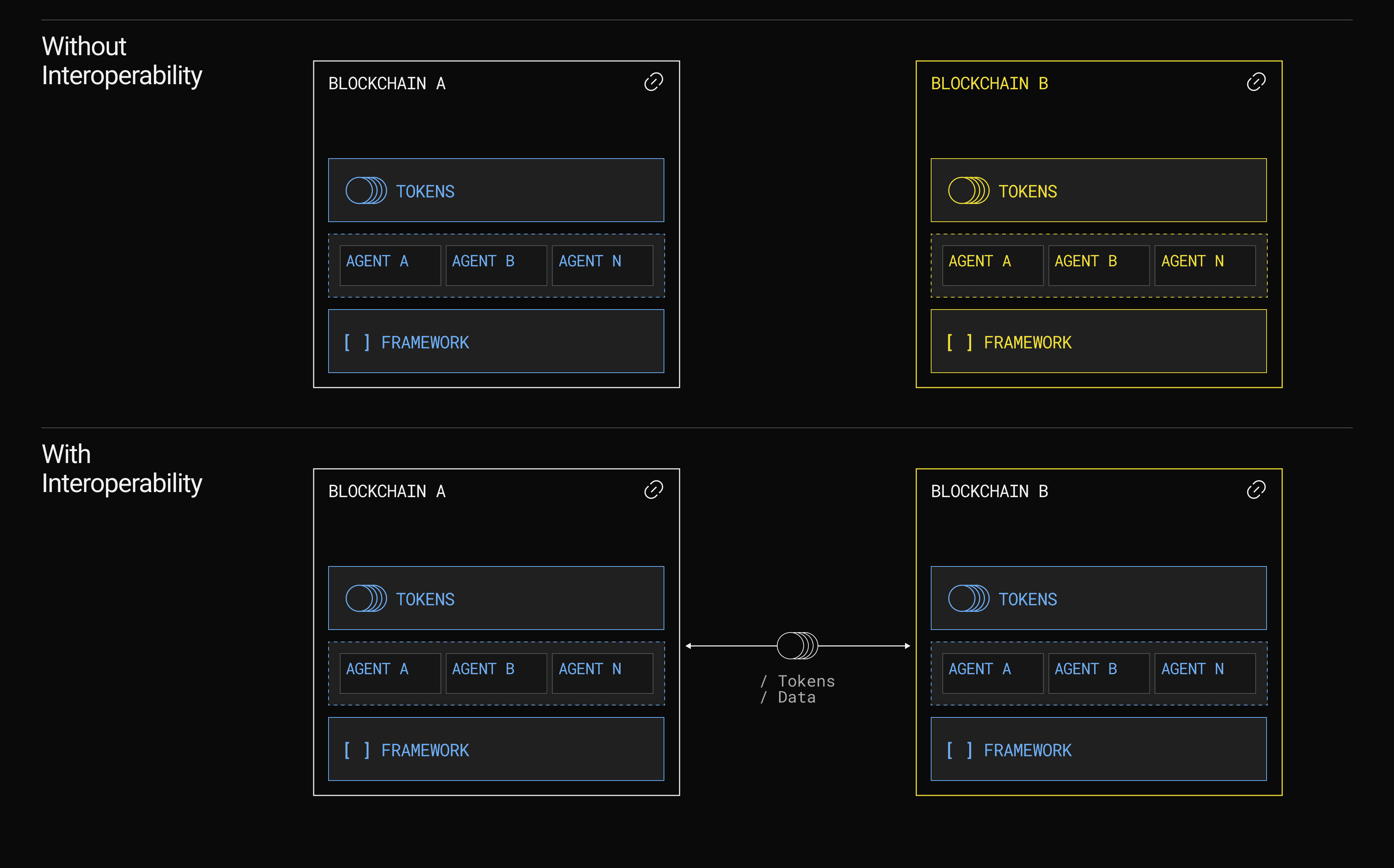
Interoperability: Web2 loyalty points are typically siloed within a single brand or ecosystem, limiting their utility. On-chain loyalty tokens (e.g., Mojito Loyalty) are often interoperable across multiple dApps, platforms, and even blockchains, enabling broader usage and value.
-
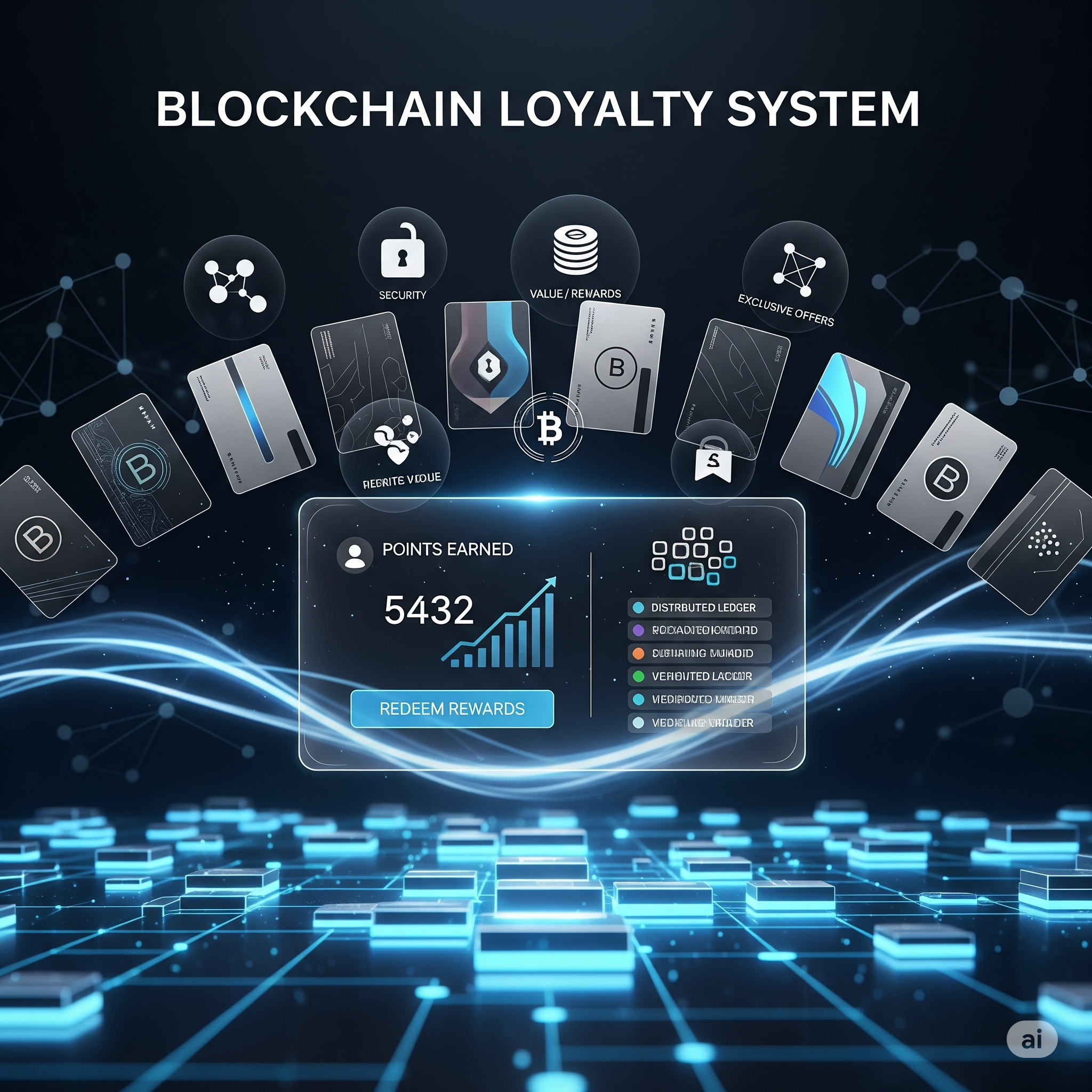
Transparency and Trust: Web2 programs rely on proprietary databases, making point tracking and reward distribution opaque. On-chain systems leverage public ledgers, providing real-time, transparent tracking of rewards and transactions for all participants.
-

Programmable and Gamified Rewards: Traditional programs offer static, pre-set rewards. On-chain platforms like Magic Eden and Radix Token Trek use smart contracts to create dynamic, gamified reward structures (e.g., staking multipliers, quests), enhancing user engagement.
-
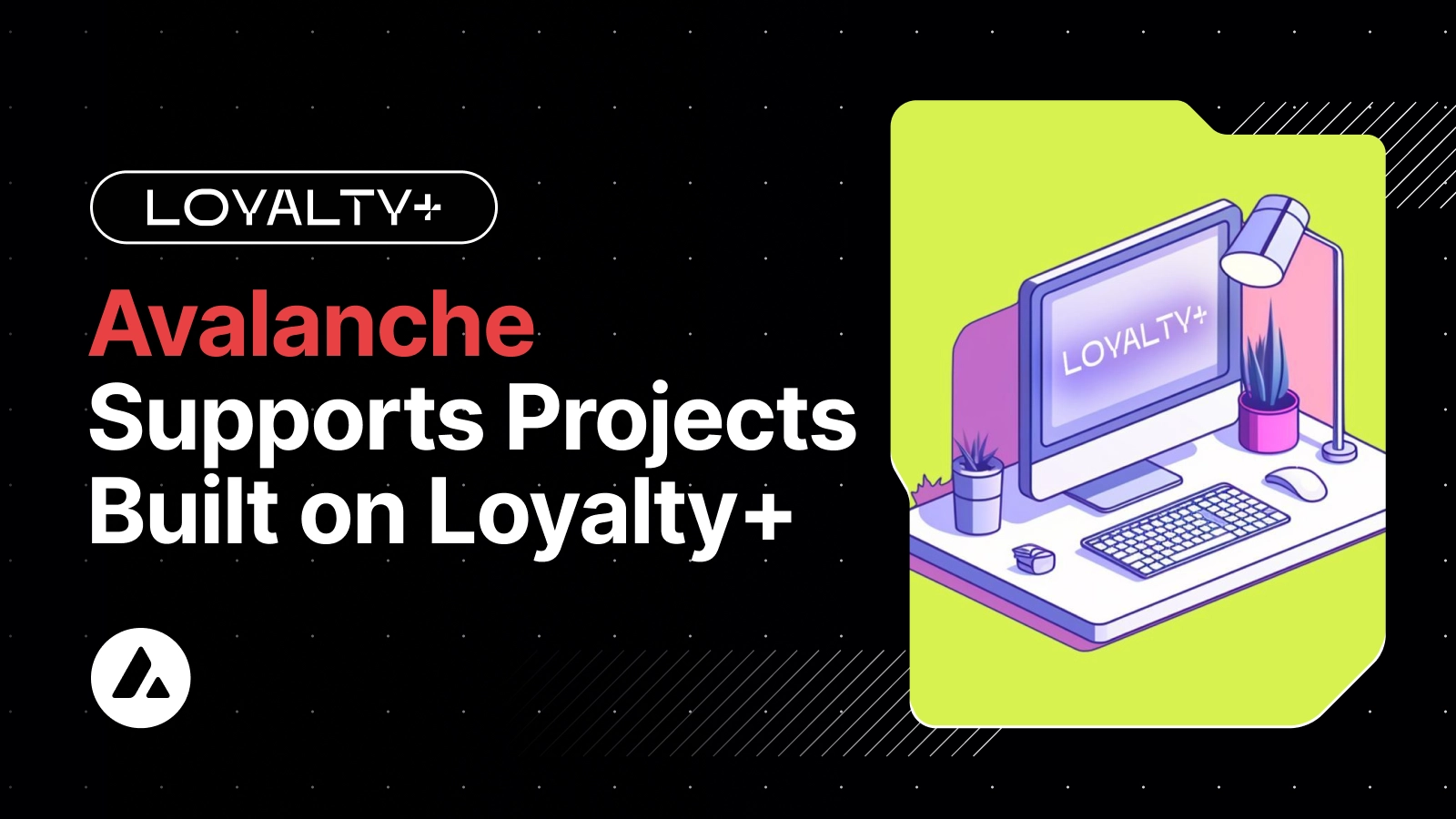
Real-Time Engagement & Personalized Incentives: Web2 systems often lack real-time engagement tools. On-chain platforms such as MetaCRM deliver instant, personalized notifications for reward opportunities, boosting user participation and retention.
-
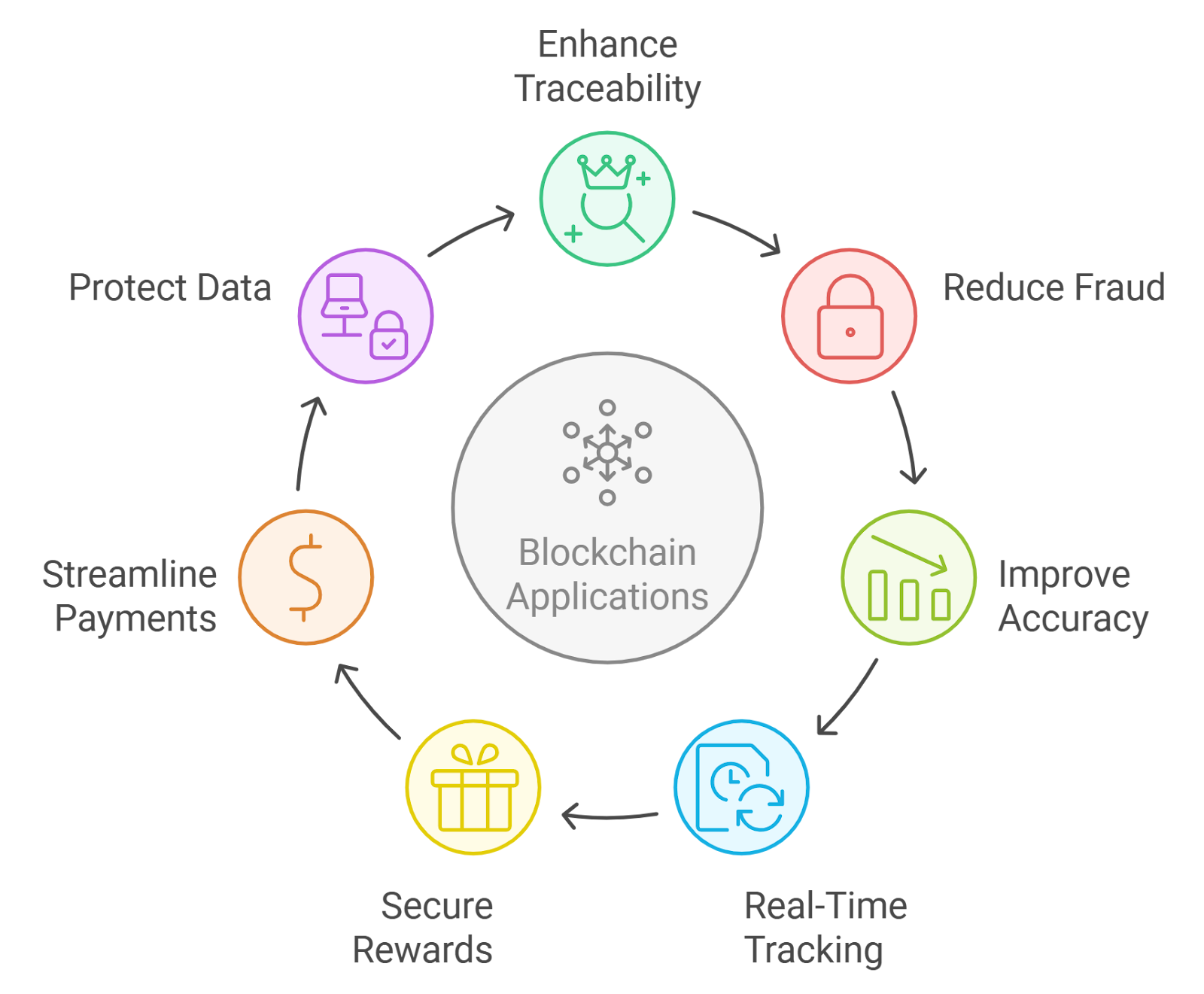
Security and Ownership: In Web2, loyalty points can be revoked or altered by the provider. On-chain loyalty tokens are owned directly by users and secured by blockchain technology, reducing the risk of arbitrary changes or loss.
-
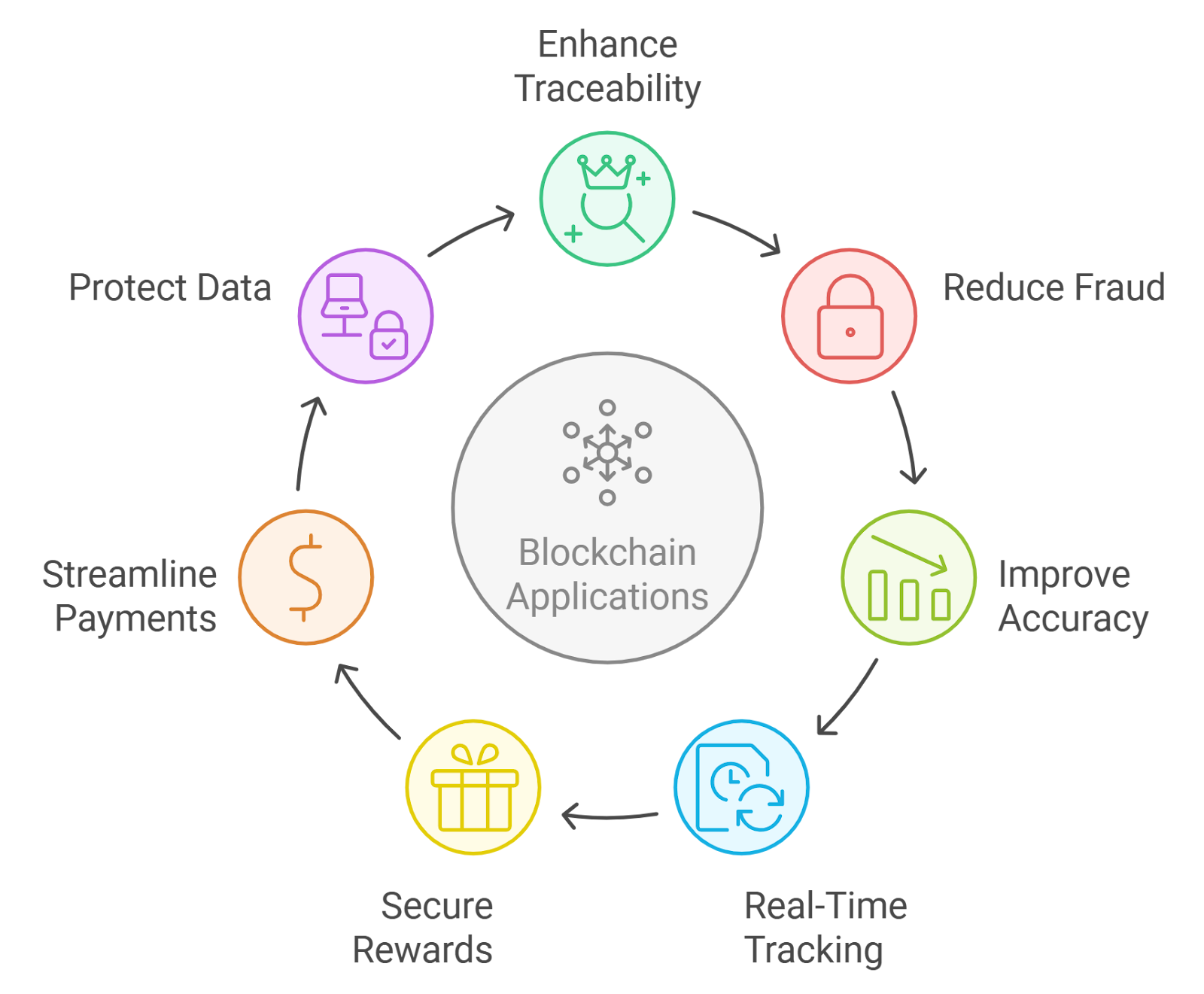
Case Studies and Adoption: Leading brands and platforms (e.g., Mojito Loyalty, Alpha, Magic Eden) are actively deploying on-chain loyalty solutions, demonstrating increased user engagement, higher ROI, and more robust community-building compared to legacy Web2 models.
If you’re interested in exploring how these mechanisms drive real user engagement or want to implement similar strategies for your own project, consider reading how on-chain loyalty staking drives user engagement in DeFi platforms. As decentralized finance matures, expect tokenized incentives to become not just an add-on but the core engine powering network growth, and user satisfaction, for years to come.
